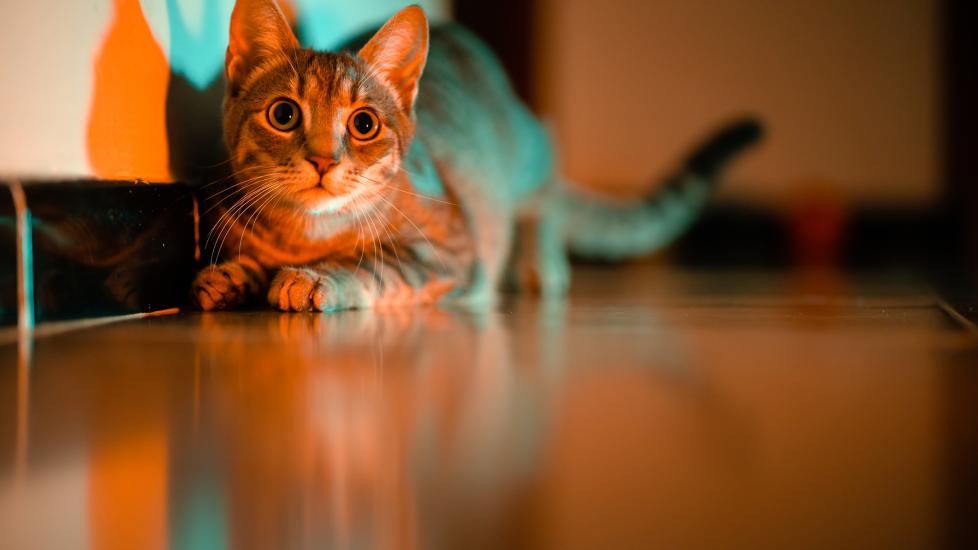8 Pets That May Keep You up at Night
Some pets do most of their activities at night—when most people are asleep. It’s important to keep a pet’s natural wake/sleep schedule in mind when choosing one for your family. While most pets can adapt to a pet parent’s attention during the day, their instinct is to do most of their more active behaviors, like exploring and playing, at odd hours.
Nocturnal Pets vs. Crepuscular Pets
Many animals that are active at night fall into one of two groups: nocturnal or crepuscular.
-
Nocturnal animals become active when the sun goes down and are generally more or less awake for the entire night, unless they decide to grab a nap.
-
Crepuscular animals have two main periods of activity: near dawn and dusk. These critters are typically up a little before the sun sets in the evening and are active until a few hours after it sets. They then go to bed and catch a long nap until shortly before dawn. At this point, they get up again, are active for a few hours after dawn, then sleep during the day.
Nocturnal Pets
1. Hamster
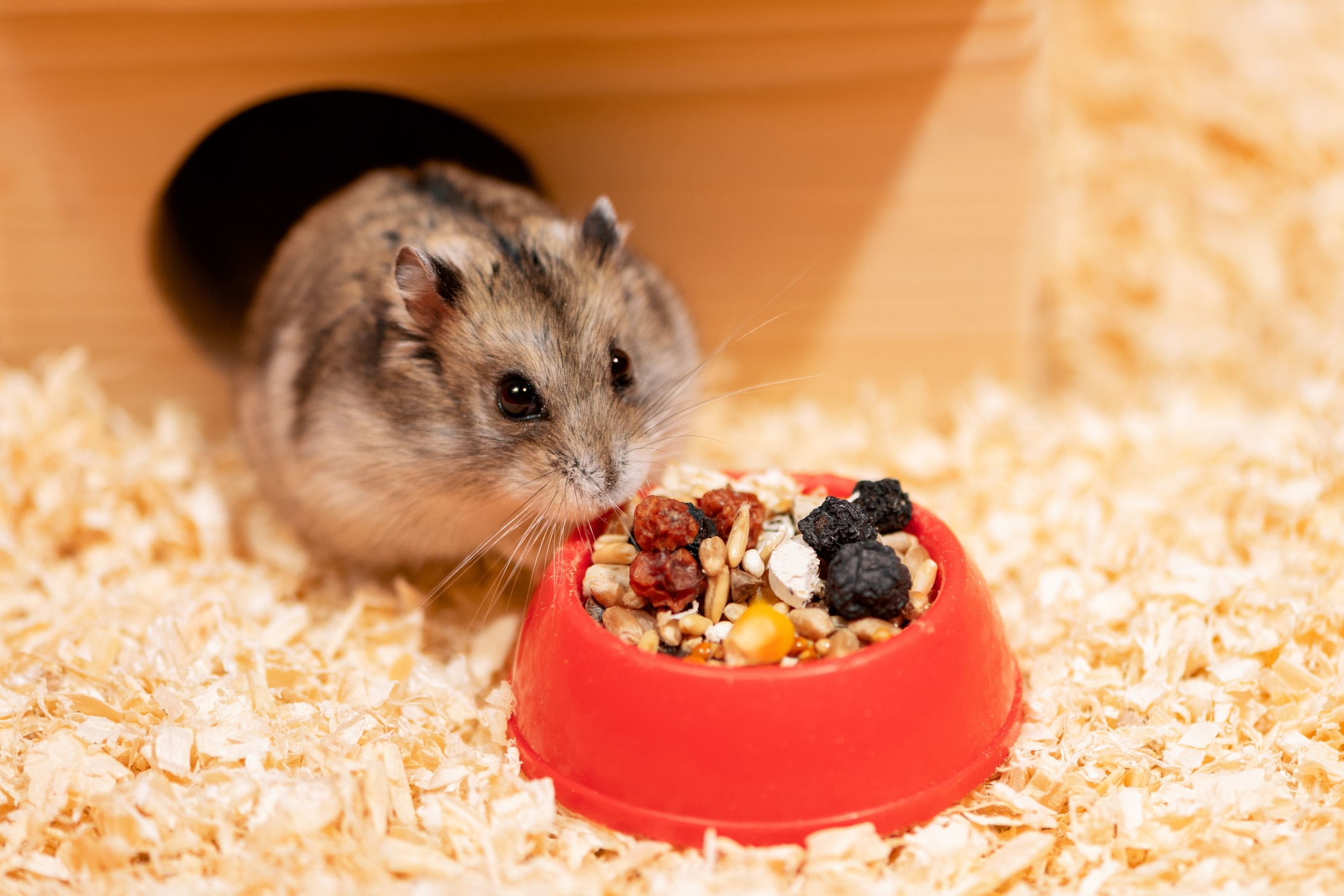
Hamsters are nocturnal and best suited to households that are active after dark, without any early risers. This is because hamsters are one of the louder nocturnal pets—they like to run on their wheels for long hours and chew noisily at anything they can.
Do not place hamster cages where people sleep. A place that’s also quieter during the day (when the hamster wants to sleep) is ideal. Hamsters are often very grumpy when awakened, so if it’s necessary to wake up your pet (for example, for a trip to the vet), it’s best to do so slowly. When possible, it’s best to leave a sleeping hamster asleep.
2. Rat
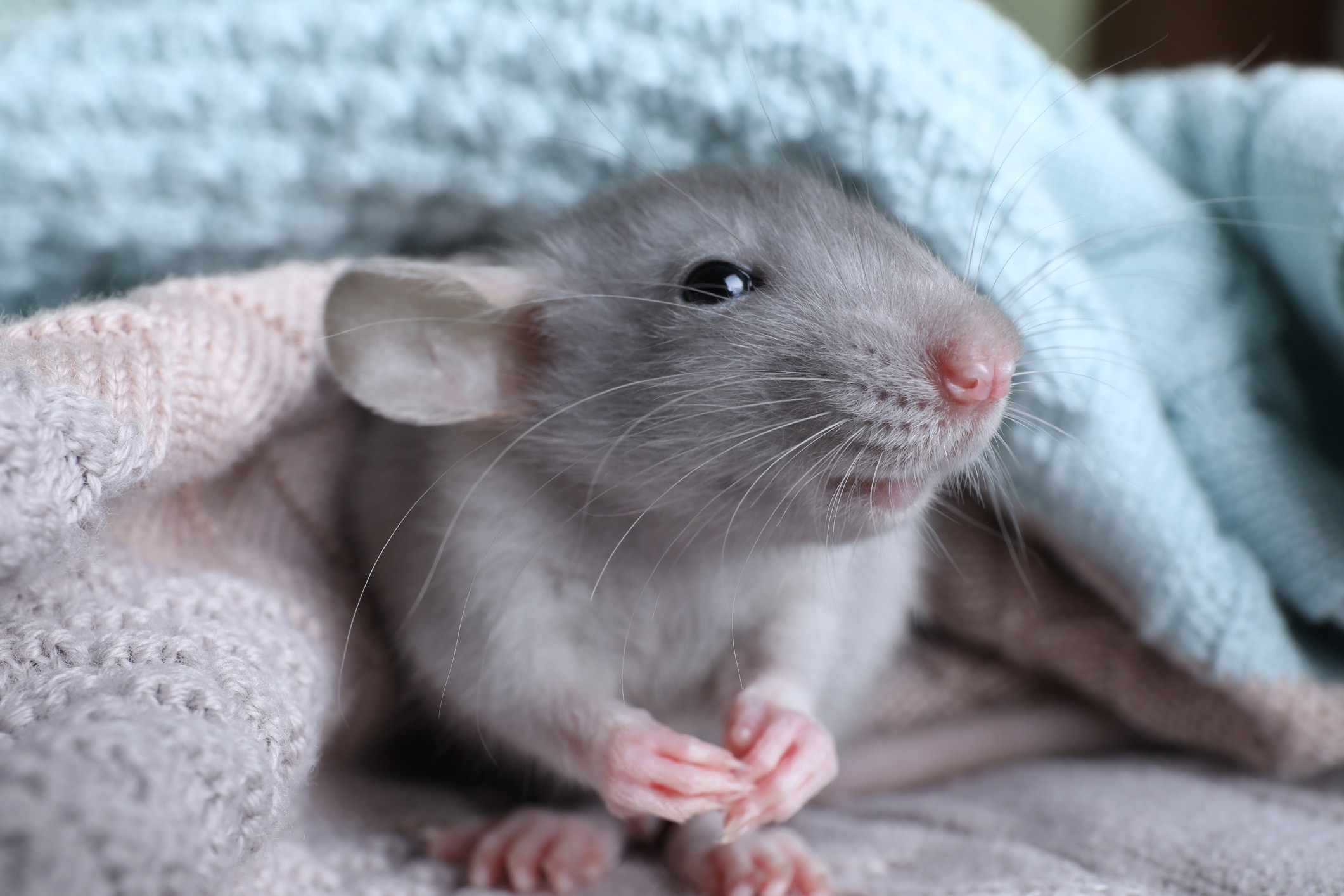
Rats require a lot of time and socialization, and they thrive on attention. Though they’re nocturnal rodents that prefer to be active overnight, rats are also willing to get up during the day if that’s what’s necessary to spend time with their people. But if it were up to them, they’d be most active in the early evening, through most of the night, and in the early morning.
Overnight, rats love to play in groups. They enjoy climbing, and ladder toys made for birds are some of their favorite objects to scale. Rats will also use running wheels, so keeping their cage outside of your bedroom is a good idea.
3. Hedgehog
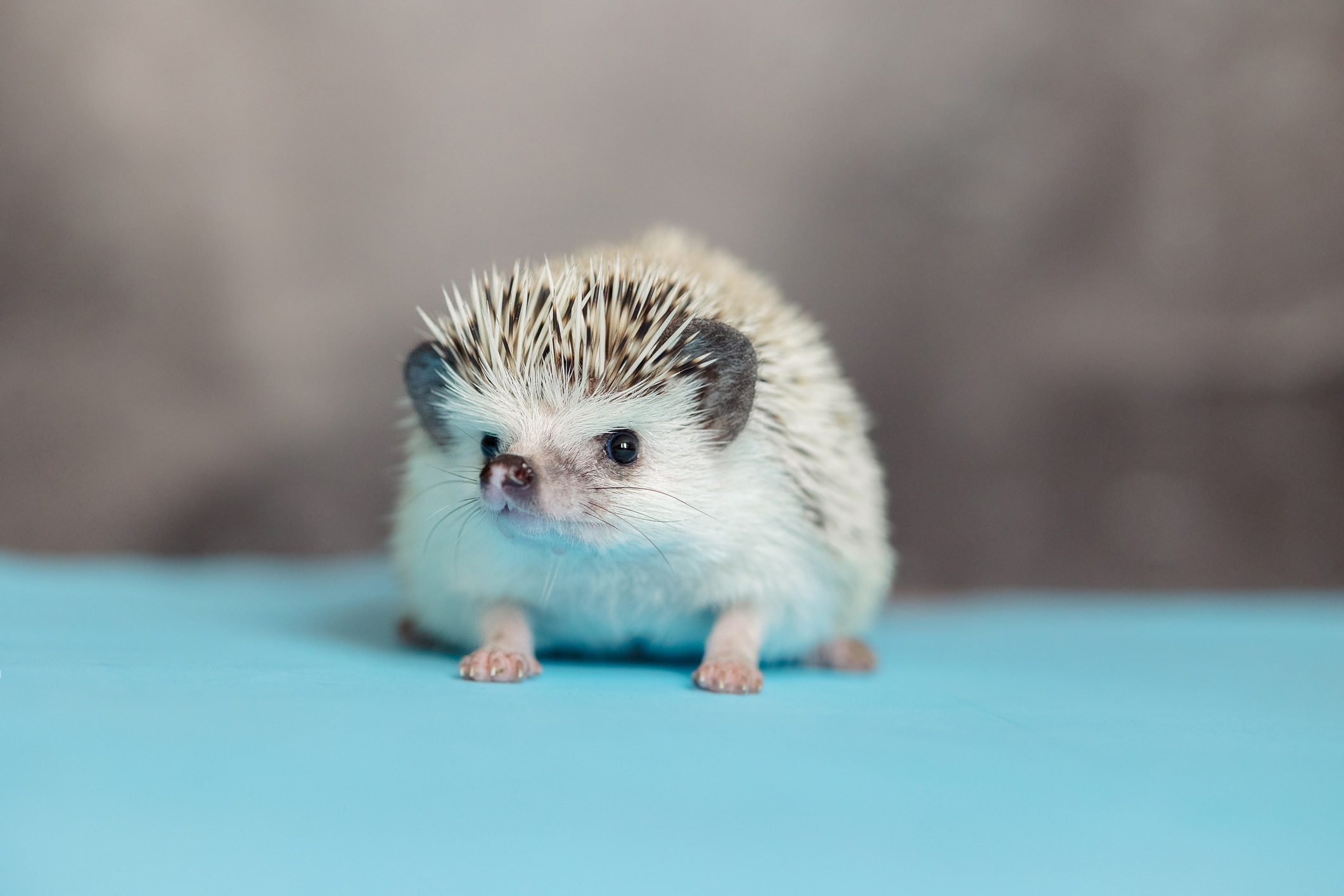
Hedgehogs are largely solitary creatures that tend to do most of their exploring and foraging in the evening. Although some will make noise while they run on wheels or play, many quietly explore their environment, looking for tasty snacks that might be hiding in the nooks and crannies of their homes.
In addition to being primarily nocturnal, hedgehogs also need an area to retreat to that’s always warm. A night heat lamp (like one used for reptiles) or a chew-safe heating pad is an essential part of their cage. Don’t surprised if your hedgie basks in that area all day long, even if it seems warm to you!
4. Sugar Glider

Sugar gliders are strictly nocturnal and spend much of their night actively gliding, foraging, and playing. Like hedgehogs, they also need at least one part of their cage to be warmer than the environmental temperature. Sugar gliders can be entertained by hiding components of their diet throughout the environment to allow for hunting.
Luckily, most sugar gliders are not noisy household companions. However, they do have a fairly strong and distinct smell, which not all people will appreciate. As such, it may be best to plan to place their cage in a non-central, quieter part of the house.
5. Mouse
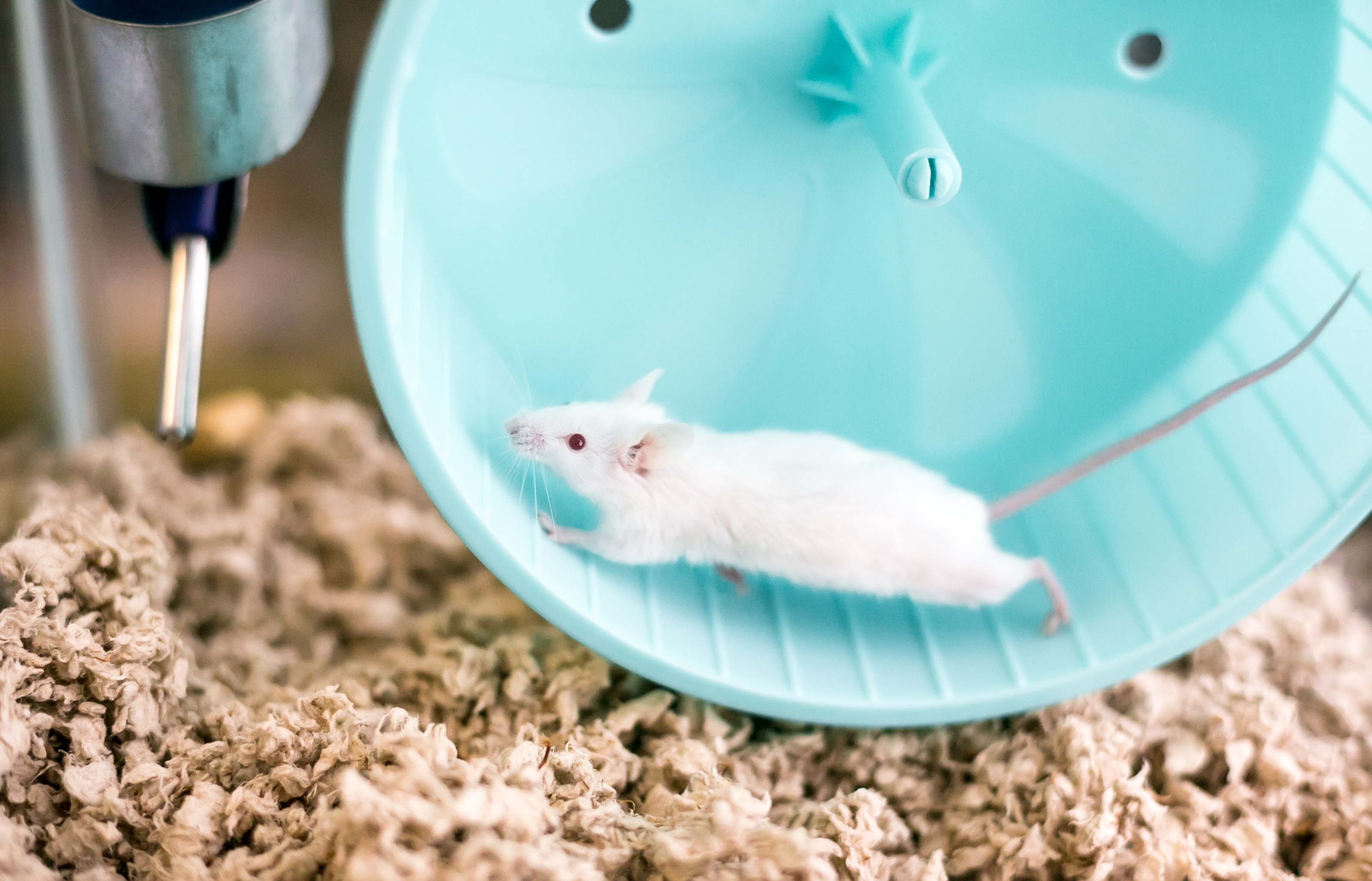
Mice are active creatures at night, often up running on wheels, chewing, and scratching at corners in their cage. Although they are small, mice can make some mighty noises that can bother sleeping humans. They’re best kept in small, same-sex groups (although males may fight), which can elevate the noise as they play and squeak at one another. For sound sleep, keep them outside of your bedroom.
Crepuscular Pets
1. Cat

Cats do great with families that have hectic schedules, as they can meld around the chaos well. However, despite their tendency to sleep 12–16 hours a day, they are also good at waking us up sometimes for attention or food.
As a crepuscular species, your cat may choose to get up at night to grab a snack, play with some toys, or just sit and stare at you, hoping you’ll get up and play. They may accompany you on trips to the bathroom overnight or try their best at the crack of dawn to get you to fill the food bowl. These are all very normal behaviors.
2. Chinchilla

Chinchillas are petite rodents with adorable large eyes and ears. Much like cats, chinchillas are crepuscular; although they may be up at night, they prefer to be active in the early evening and early morning. You can spend time with them before you go to bed and when you first get up, and they will be happy to see you.
Chinchillas also tend to spend some time being active overnight and can be noisy. They like to climb, jump, run, and chew, so they also need very large areas to be active over the nighttime hours.
3. Leopard Gecko

Leopard geckos are small, compact crepuscular reptiles. Most leopard geckos will get up during the evening hours and be most active both during the evening and early mornings, although they will also spend some time awake overnight and occasionally during the day as well.
Leopard geckos will spend their awake time burrowing and hunting. Most of their nighttime activity is quiet, so a leopard gecko enclosure can often be left in or near human sleeping areas. Keep in mind their lighting requirements (heat is generally needed 24 hours per day) may bother some people at night.
Featured Image: Daniel Lozano Gonzalez/iStock via Getty Images Plus
